Japanese Honeysuckle Weed: How To Control Honeysuckle In Gardens
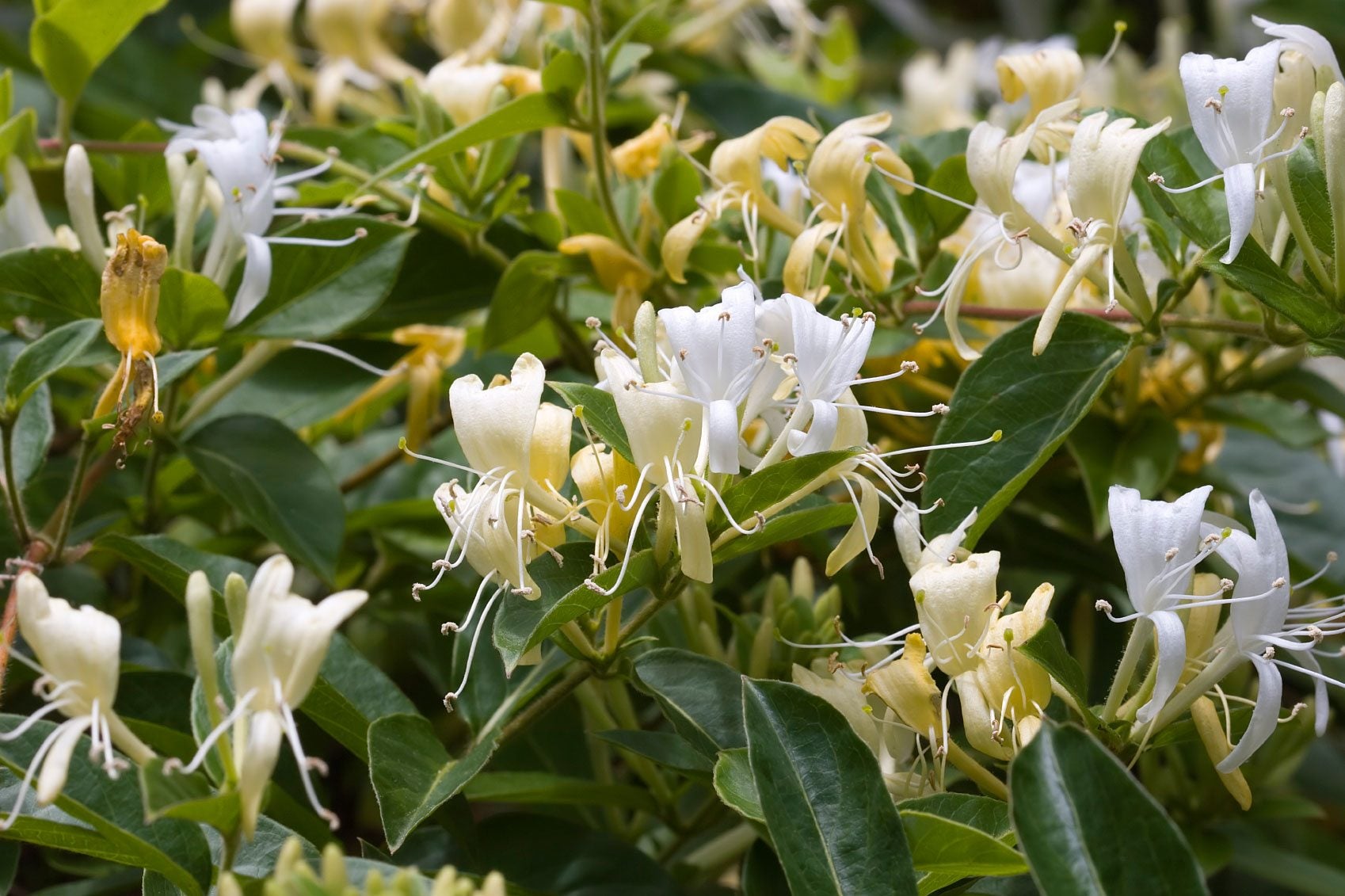

Native honeysuckles are climbing vines covered with beautiful, sweetly scented flowers in spring. Their close cousins, Japanese honeysuckle (Lonicera japonica), are invasive weeds that can take over your garden and damage the environment. Learn how to distinguish native honeysuckle from the exotic species and techniques for honeysuckle weed control in this article.
Japanese Honeysuckle Weed Info
Japanese honeysuckle was introduced in the U.S. as a ground cover in 1806. Birds loved them and spread the vines by eating the seeds and transporting them to other areas. By the early 1900's, it was clear that the vine could spread rampantly in both open fields and forests, crowding and shading out native species. Freezing winter temperatures keep the vines in check in cold, northern climates, but in southern and Midwestern states, managing honeysuckle weeds is a never-ending problem. Japanese honeysuckle weed is somewhat easy to differentiate from native species. For example, most native honeysuckles are fused at the stem so that they form one leaf. Leaves are normally a medium green on the upper portion with a bluish green hue on the underside. Japanese honeysuckle leaves are separate, growing opposite from each other on the stem and are dark green all over. Additionally, the stems of native species are solid, while Japanese honeysuckles have hollow stems. The berry color is different too, with Japanese honeysuckle having purplish black berries and most other honeysuckle types having berries that are reddish orange.
Is Honeysuckle a Weed?
In many cases, whether or not a plant is a weed is in the eye of the beholder, but Japanese honeysuckle is always considered a weed, especially in mild climates. In Connecticut, Massachusetts, New Hampshire, and Vermont, Japanese honeysuckle is considered a noxious weed. It is one of the top ten invasive plants in Georgia and a category 1 invasive plant in Florida. In Kentucky, Tennessee, and South Carolina it is listed as a severe invasive threat. Based on plant surveys, these labels come with restrictions that make it illegal to import or sell the plant or its seeds. Where it is legal, it is still best to avoid it. In the garden Japanese honeysuckle can overrun your plants, lawns, trees, fences, and anything else in its path.
How to Control Honeysuckle
If you only have a few vines, cut them off at ground level in late summer and spot treat the cut ends with undiluted glyphosate concentrate. The undiluted concentrate is usually 41 or 53.8 percent glyphosate. The label should state the percentage to be used. If you have a large stand of honeysuckle, mow or weed whack the vines as close to the ground as possible. Allow them to re-sprout, then spray the sprouts with a 5 percent solution of glyphosate. You can make the solution by mixing 4 ounces of concentrate in 1 gallon of water. Spray carefully on a calm day because the spray will kill any plant it touches. While time consuming, digging up or hand-pulling the vines is the best option for those wishing to avoid the use of chemical control. Chemicals should only be used as a last resort, as organic approaches are much more environmentally friendly.
Gardening tips, videos, info and more delivered right to your inbox!
Sign up for the Gardening Know How newsletter today and receive a free copy of our e-book "How to Grow Delicious Tomatoes".

Jackie Carroll has written over 500 articles for Gardening Know How on a wide range of topics.
-
 Try The Trend – Turn Any Bed Into A Keyhole Garden With This Clever In-Ground Composter
Try The Trend – Turn Any Bed Into A Keyhole Garden With This Clever In-Ground ComposterKeyhole gardening is an efficient and sustainable practice that saves space. Get started on this DIY project quickly and easily with an in-ground composter.
By Bonnie L. Grant
-
 4 Superfast Composting Methods: Turn Waste Into Garden Gold In 30 Days Or Less
4 Superfast Composting Methods: Turn Waste Into Garden Gold In 30 Days Or LessTry the fastest composting methods to turbocharge your pile and transform kitchen scraps and garden waste into finished compost in just a few weeks.
By Mary Ellen Ellis
-
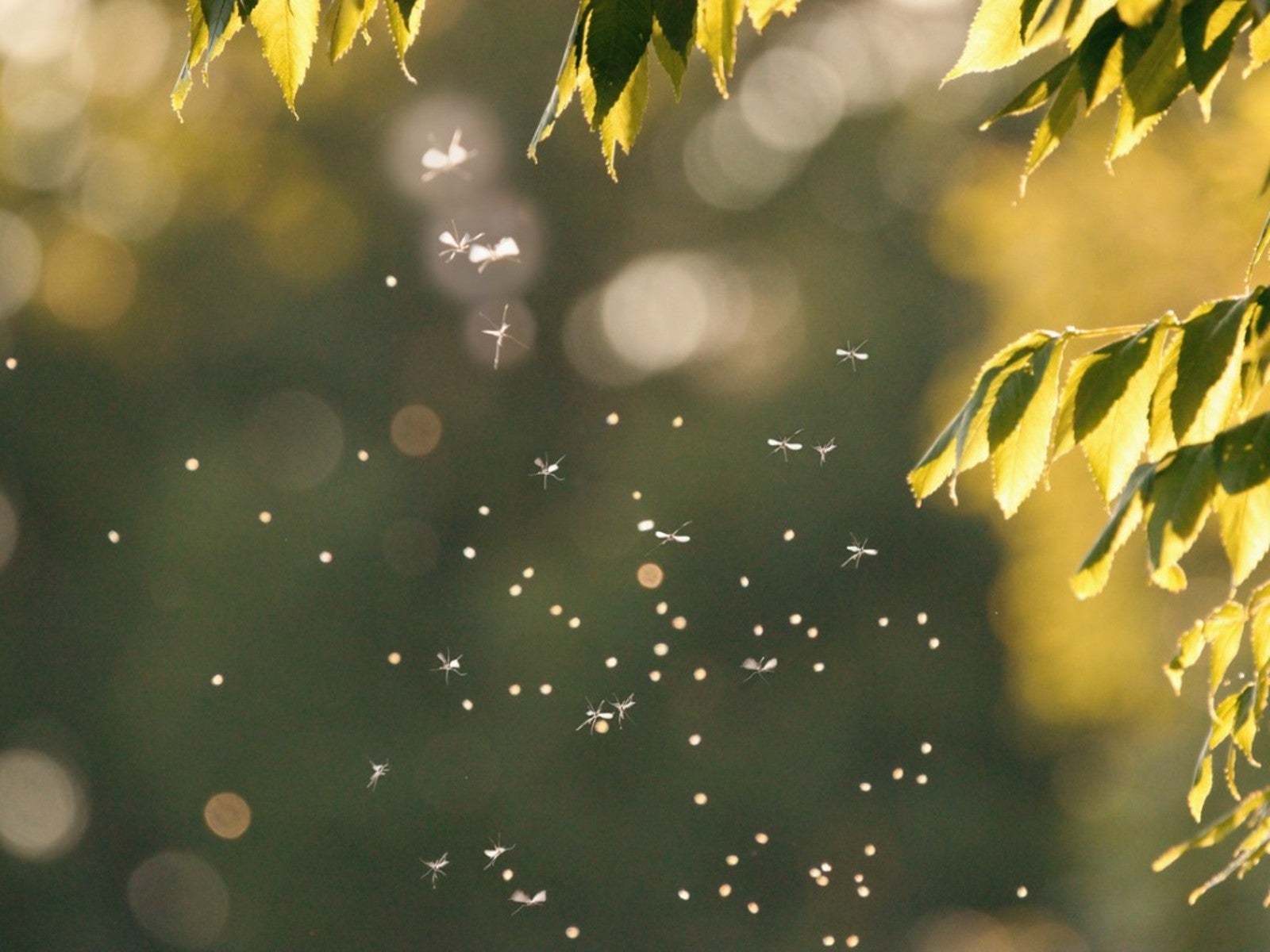 Honeysuckle Plants That Attract Mosquitoes
Honeysuckle Plants That Attract MosquitoesRecently, scientists have discovered a big problem: non-native honeysuckles might increase your yard’s mosquito population.
By Mary Ellen Ellis
-
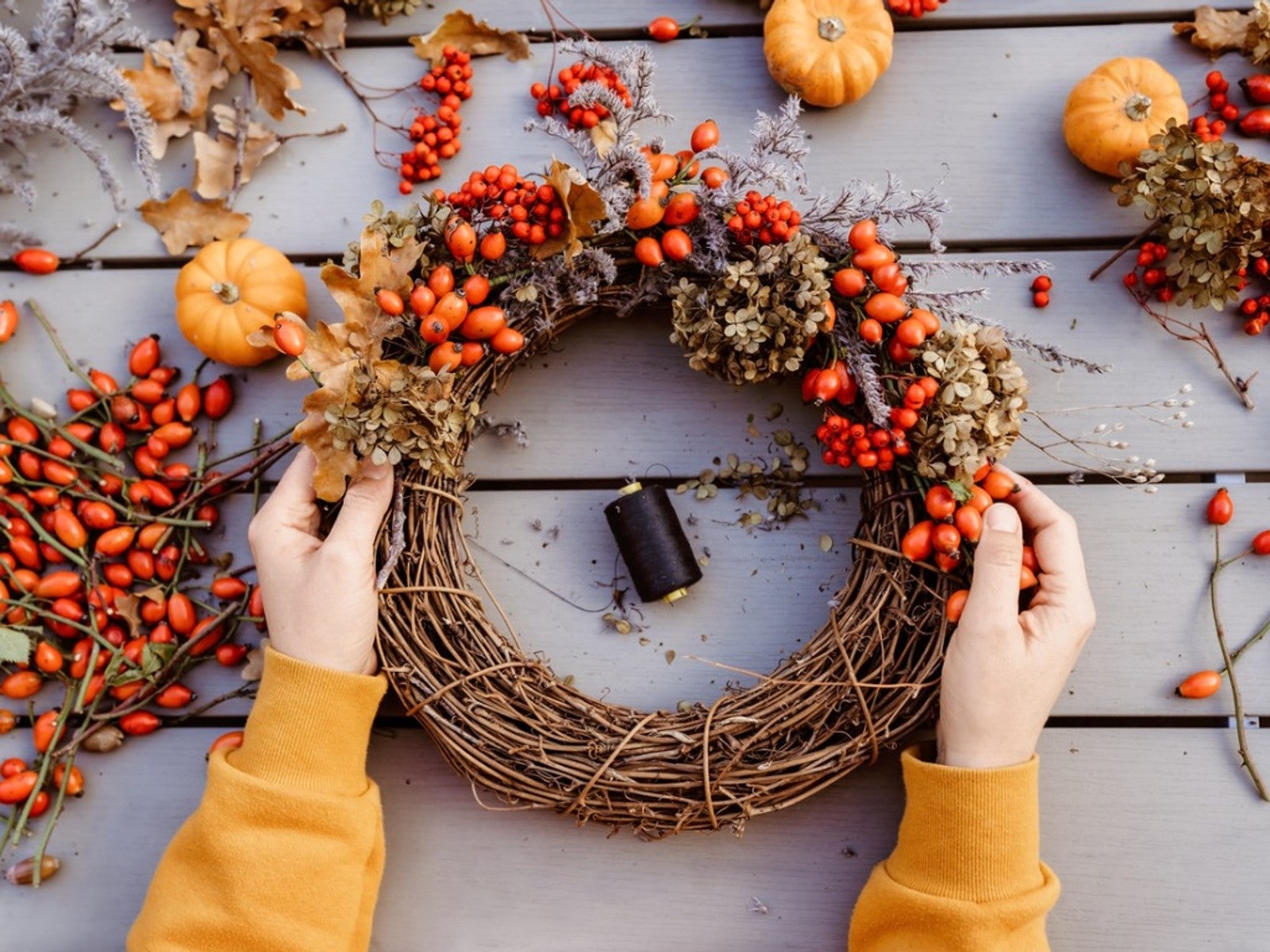 DIY Honeysuckle Wreath: How To Harvest And Use Honeysuckle
DIY Honeysuckle Wreath: How To Harvest And Use HoneysuckleWreaths lend a natural note to holiday decorations. Learn how to make a honeysuckle wreath for a keepsake you can use for years to come.
By Mary Ellen Ellis
-
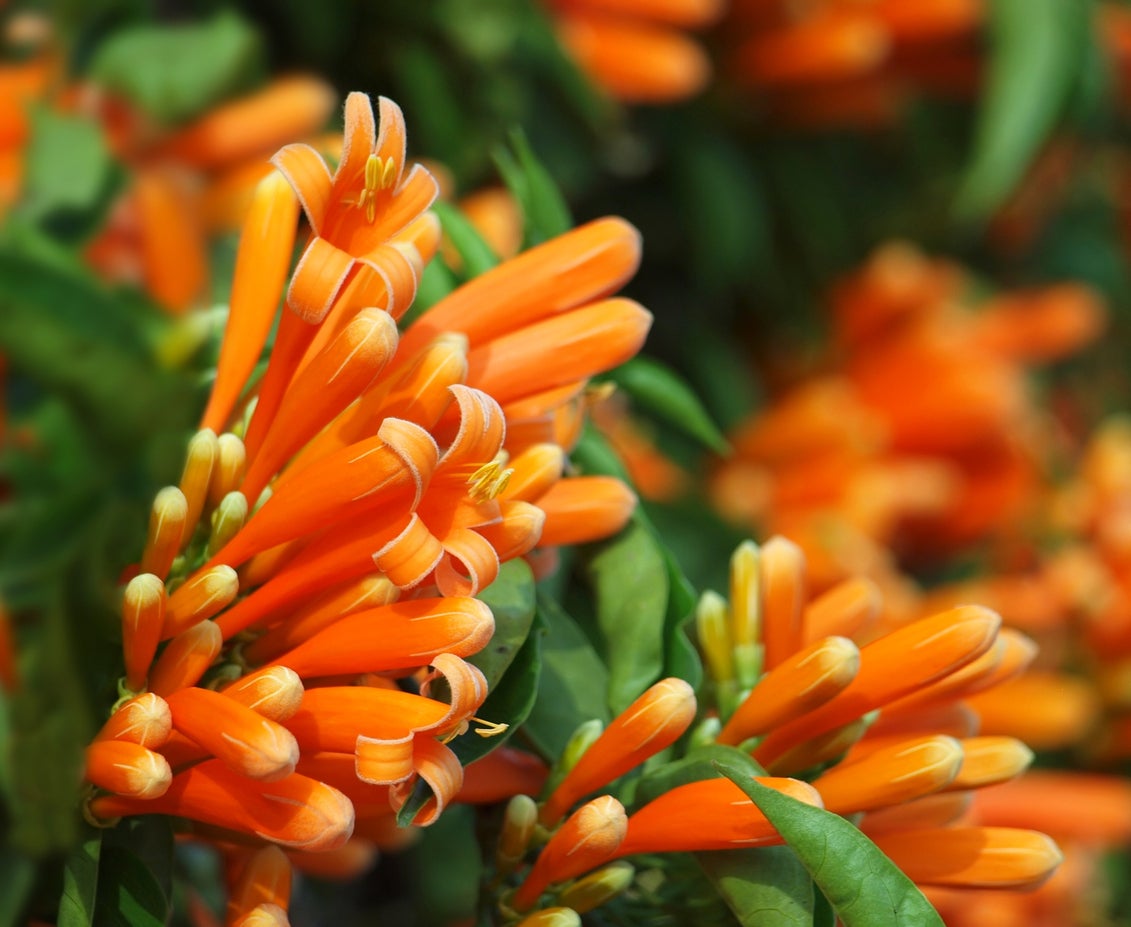 What Is Western Honeysuckle – How To Grow Orange Honeysuckle Vines
What Is Western Honeysuckle – How To Grow Orange Honeysuckle VinesWestern honeysuckle vines climb up some 33 feet (10 m.) and decorate the garden with sweet-smelling orange blossoms. Click this article for information about these vines including tips on how to grow orange honeysuckle in your home landscape.
By Teo Spengler
-
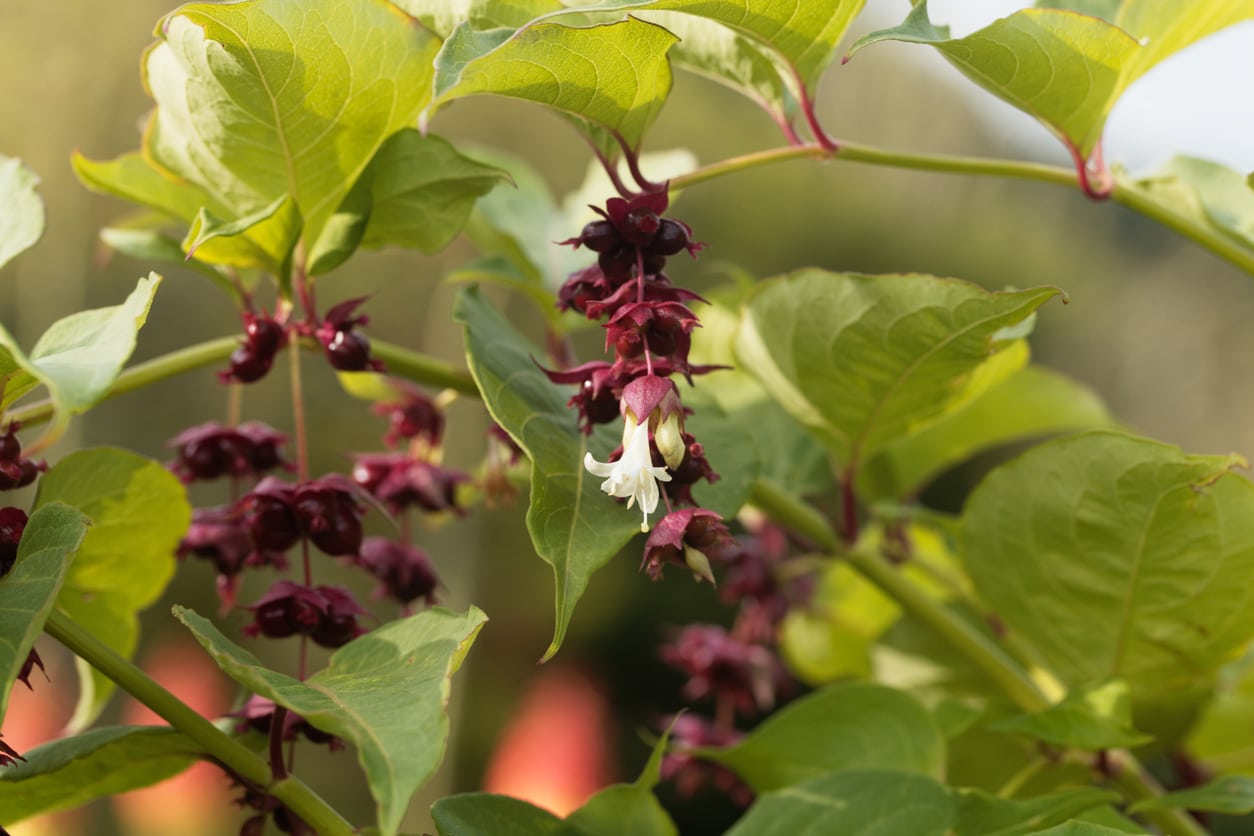 Himalayan Honeysuckle Plants: Tips For Growing Himalayan Honeysuckles
Himalayan Honeysuckle Plants: Tips For Growing Himalayan HoneysucklesHimalayan honeysuckle plants develop a truly unique looking flower. It is a carefree blooming plant that is attractive to butterflies, bees and even hummingbirds. The blooms are followed by tiny purple berries. Learn more about the plant in this article.
By Bonnie L. Grant
-
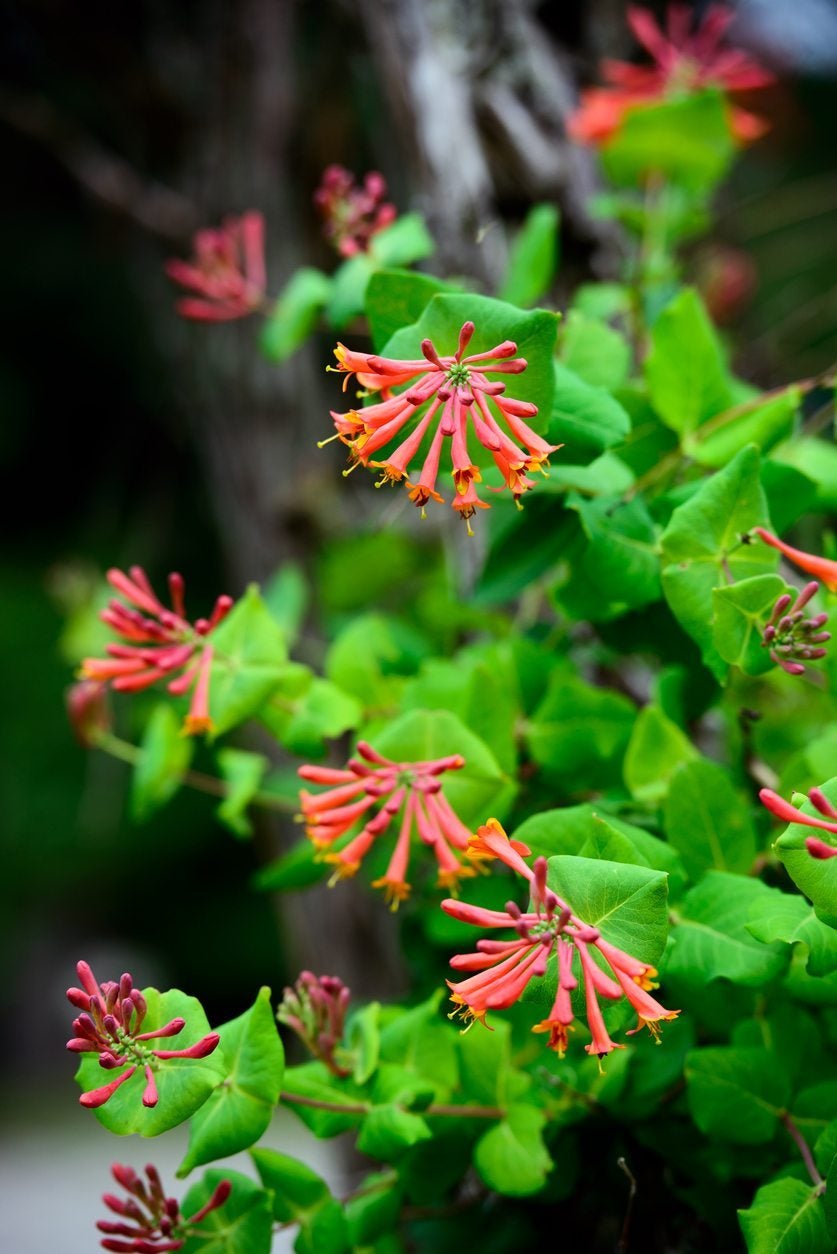 Coral Honeysuckle Info: How To Grow Coral Honeysuckle In The Garden
Coral Honeysuckle Info: How To Grow Coral Honeysuckle In The GardenCoral honeysuckle is a beautiful, fragrant, flowering vine native to the southern United States. It provides a great cover for trellises and fences that is the perfect alternative to its invasive, foreign cousins. Learn more coral honeysuckle info in this article.
By Liz Baessler
-
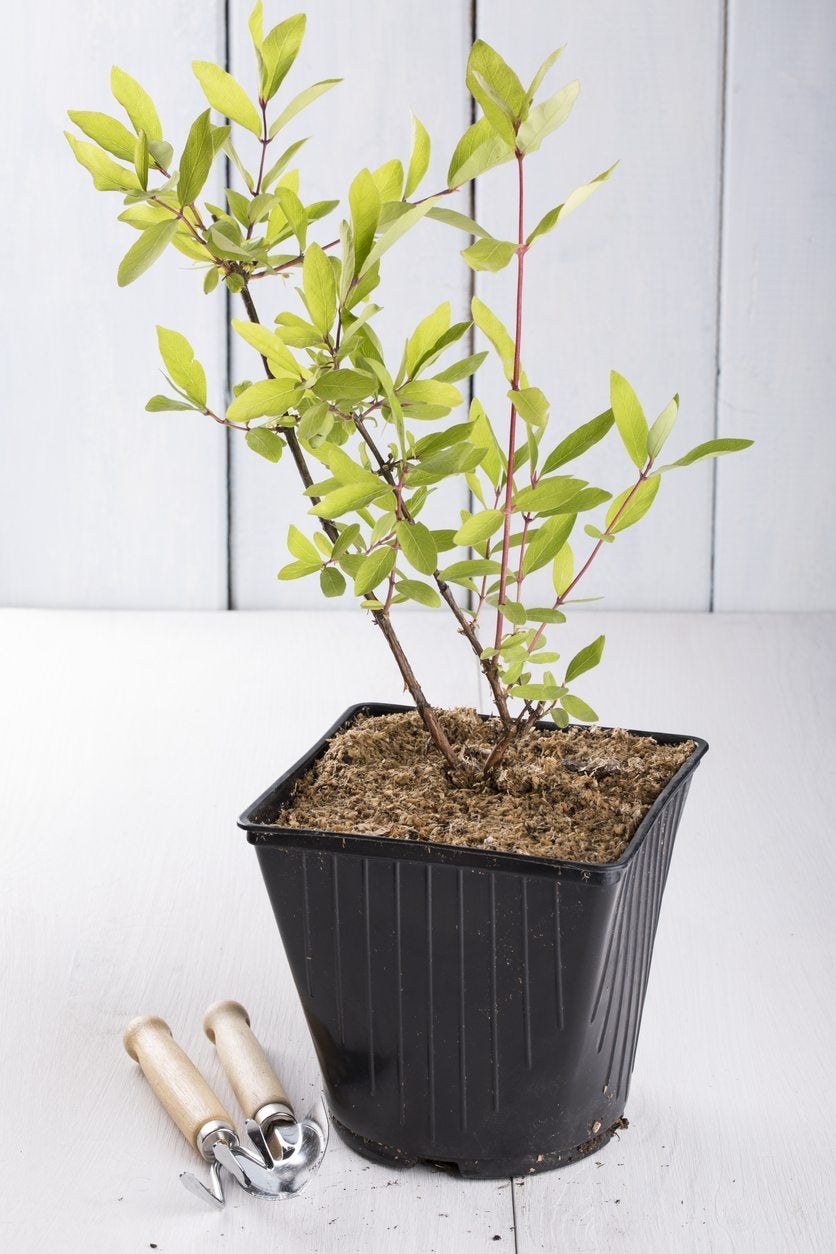 Honeysuckle Seeds And Cuttings: Tips For Propagating Honeysuckle Plants
Honeysuckle Seeds And Cuttings: Tips For Propagating Honeysuckle PlantsThe non-invasive honeysuckle is a desirable garden plant for pretty flowers. Propagating honeysuckle can be done in several ways. To expand the reach of this pretty, shade-creating vine in your garden, follow the tips and guidelines found in this article.
By Mary Ellen Ellis
-
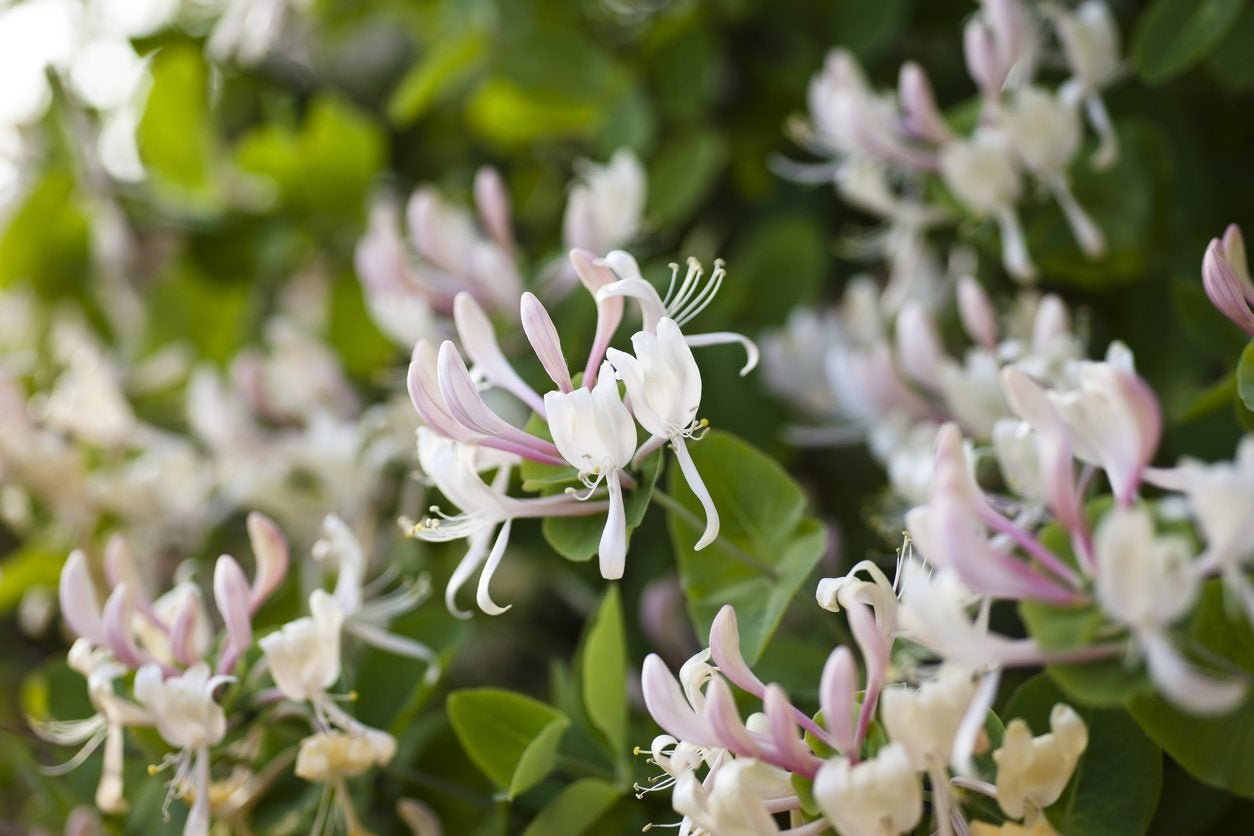 Transplanting Honeysuckles: How To Transplant A Honeysuckle Vine Or Shrub
Transplanting Honeysuckles: How To Transplant A Honeysuckle Vine Or ShrubEven the most attractive plants must be moved around in the garden sometimes. Whether you have a vine or a shrub, transplanting honeysuckles isn't too hard, as long as you know what you are doing. The information in this article will help get you started.
By Teo Spengler
-
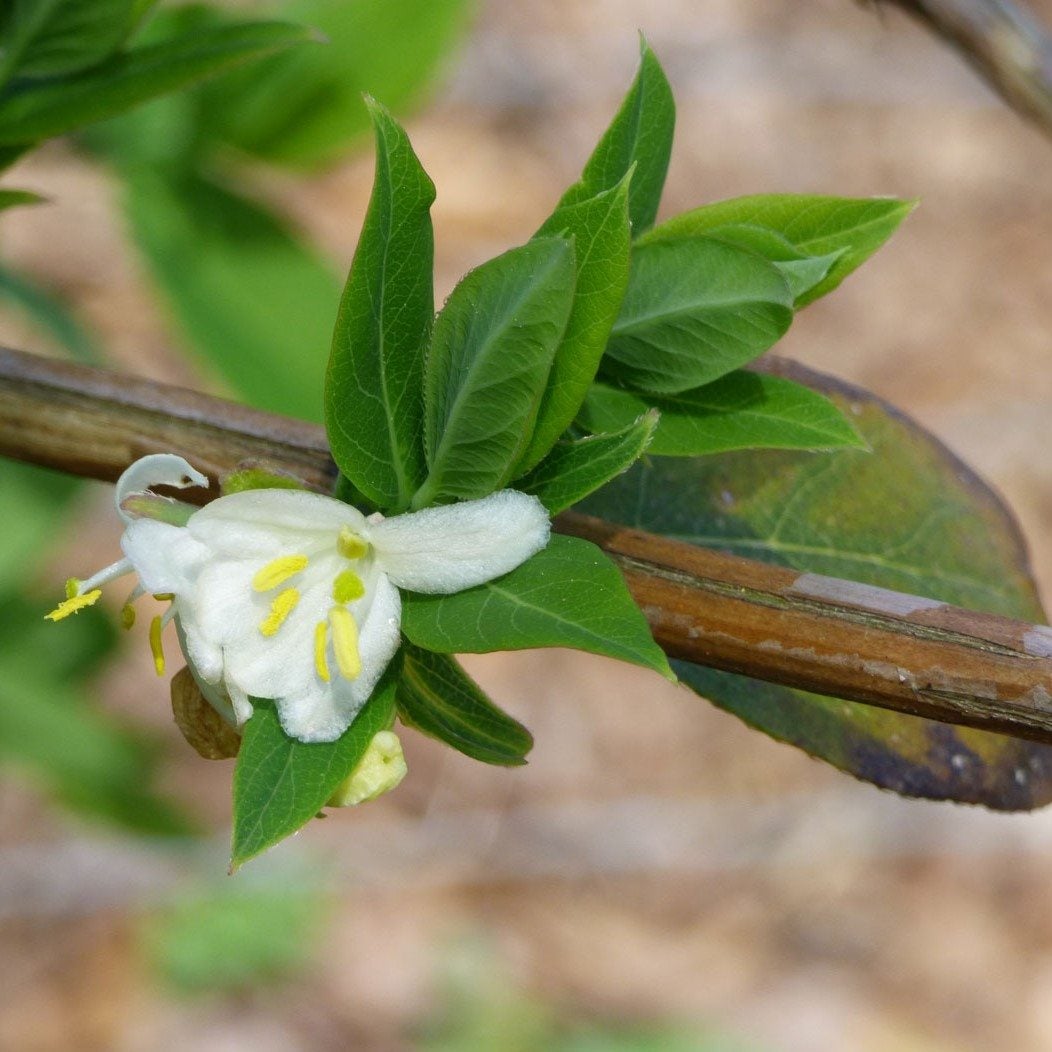 Care Of Winter Honeysuckle: Tips On Growing Winter Honeysuckle Shrubs
Care Of Winter Honeysuckle: Tips On Growing Winter Honeysuckle ShrubsThe winter honeysuckle bush has delightfully fragrant flowers popular with gardeners and landscapers. You can even find unattended stands thriving at crumbling old homesteads and graveyards. Learn more about winter flowering honeysuckle plants in this article.
By Jackie Carroll